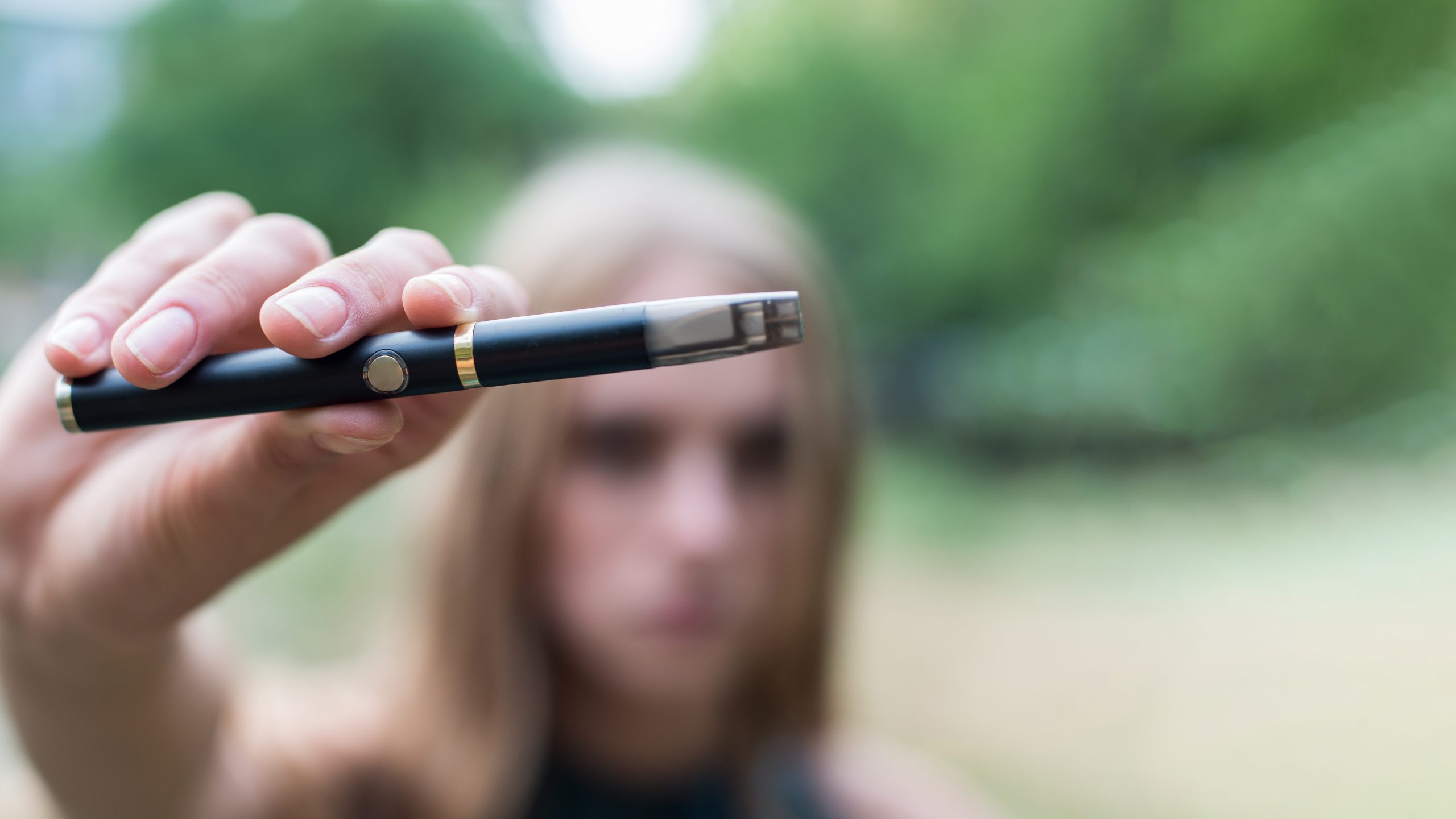Optimism Bias in Teen Vaping.

Optimism Bias in Teen Vaping
More than half of teens overestimate their ability to quit vaping in comparison to others.
Teen e-cigarette use has more than doubled since 2017, with national surveys revealing that 25 percent of 12th graders and 20 percent of 10th graders on average have vaped in the past month. One factor that could be contributing to this sharp increase is teens’ overconfidence in their own ability to quit vaping in comparison to others.
A new School of Public Health study explored this tendency for people to overestimate their own chances of positive experiences relative to others—a phenomenon known as “optimism bias”—examining whether, and to what extent, this bias plays a role in teens’ perceptions of how difficult it would be for them to quit vaping.
Published in the journal Addiction, the study is the first to examine optimism bias in teen vaping, and researchers found that more than 60 percent of teens overestimate their ability to quit using e-cigarettes in comparison to other youth.
“Adding to the increasing trend in teen vaping is a perception that vaping is less harmful than smoking and that it is easier to quit than smoking, even though most JUULs have nicotine levels typical to combustible cigarettes,” says study lead author Kiersten Strombotne, assistant professor of health law, policy & management. “Teenagers may exhibit optimism bias—this ‘better than average’ heuristic—for a number of reasons. They may want to view themselves in a more favorable light, or believe that they have more control than other teens.”
Understanding how accurately teens view the risk in vaping is important because their perceived beliefs in their ability to quit easily may contribute to teens’ decision to start vaping, and can lead to addiction, Strombotne says.
For the study, the research team conducted a national online survey in December 2018 of more than 1,600 teenagers aged 14–18, all of whom had heard of or tried JUULs or e-cigarettes. The survey gauged participants’ perceptions of how hard it would it be to quit using e-cigarettes that contained nicotine, both for themselves and for other categories of youths of similar ages.
The study showed that the majority of teens overestimated their own ability to quit vaping, and were more realistic—i.e., less confident—about the ability of others to quit, particularly for youth with whom they were less familiar.
“Some teens may be able to quit vaping more easily than others, but on average, if we ask teens how difficult they think it would be for them to quit vaping, more than half of the responses shouldn’t be that they can quit more easily than the average teen,” says Strombotne. “So from our findings, we know that optimism bias exists.”
She says the data suggest important policy implications for e-cigarette advertising and regulation.
“Teens’ perceptions should align with reality, so policies that can de-bias people’s perceived control with vaping would be ideal,” Strombotne says. “We know from prior work that e-cigarette flavors change perception of harm and risk, so efforts to ban or regulate flavors or regulate flavors could indirectly help to de-bias teenagers in that way.”
The study was coauthored by Jody Sindelar of Yale School of Public Health and John Buckell of Oxford University.